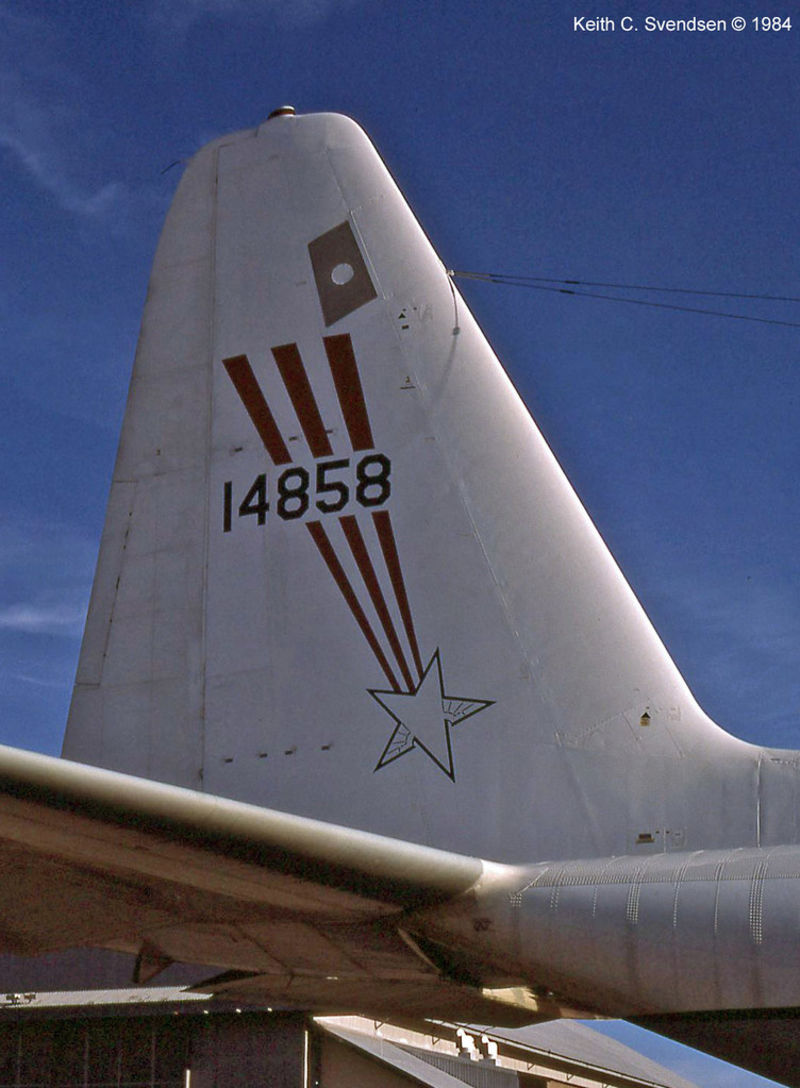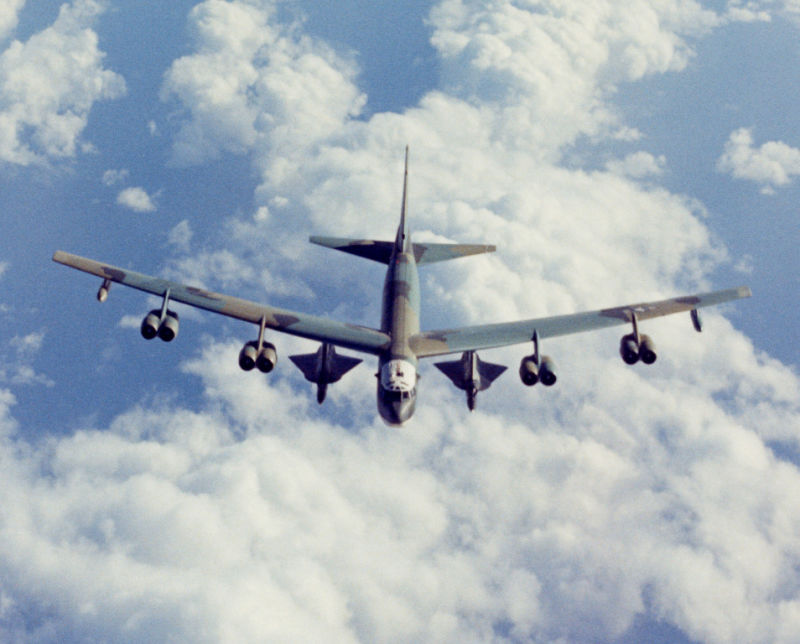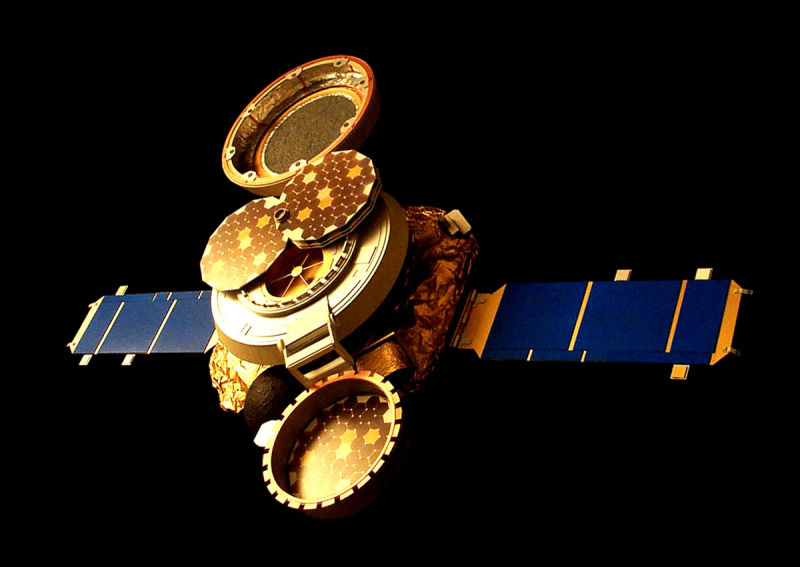
Refined during the 1950's mid-air retrieval involved flying one aircraft, suitably equipped with capture equipment, near another object descending under a parachute and capturing it before it impacts the surface.
The first recorded use of this technique was in the 1950s, when modified C-119s were used to recover Ryan Firebee drones during their development phase. Later, Sikorsky SH-3 Sea Kings were modified to capture the drones, and still carry on the task today.

C-119s were also used to recover film capsules from CORONA reconnaissance satellites, supplemented and later replaced by JC-130B and JC-130H Hercules transports. The crews for these missions consisted of two pilots, one flight engineer, two telemetry operators, one winch operator, and four riggers. The telemetry operators would acquire the location of the satellite and relay the info to the pilots. Once visually acquired the pilots would head on course to the satellite descending towards the Pacific Ocean, usually at an altitude of approximately 50,000 ft. The winch operator and the riggers would deploy the retrieving apparatus called the “Loop”, which consisted of high quality nylon rope with a series of brass hooks spliced into the apparatus. Once the parachute was snagged by the “loop”, the winch line would pay out and stop, at which point the winch would reverse and capsule was retrieved.

C-119s and C-130s were also used to retrieve film from various CIA and USAF balloon programs such as MOBY DICK, MOGUL and GENETRIX
This arrangement was also used, with less success, in the CIA’s M/D-21 program, under which a high speed drone was launched from a modified A-12 (and later on, a B-52D) to overfly areas off limits to even the A-12/SR-71. The D-21 would then fly back to a designated area, where JC-130s would be standing by to capture the drone’s film hatch for processing. The program was beset by technical issues, and only four operational missions were carried out, all ending in failure.
Sikorsky CH-37 Mojave helicopters were used to recover ballistic missile reentry vehicles during suborbital tests at the White Sands range.
Perhaps most famously, mid-air retrieval was to be used on the Genesis sample return probe.
Genesis featured collectors made from various materials, which would collect particles from solar wind at different times (fast wind, slow, CME) as well as an over-all collection. These wafers would then be returned to earth, where they would parachute down and be recovered by a helicopter. Due to a sensor malfunction, the parachutes did not deploy, and the capsule impacted the ground, breaking open the samples.
Despite the damage and contamination (though dirt infiltration proved to be less severe than contamination from Genesis’ own lubricants and other materials), samples of the dirt taken from the impact site allowed scientists to sift through the remains and weed out terrestrial dust from the solar wind particles. JPL was able, with a bit of work, to achieve most of their goals despite the mishap.



